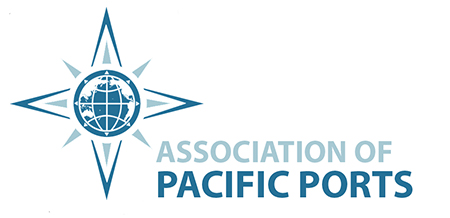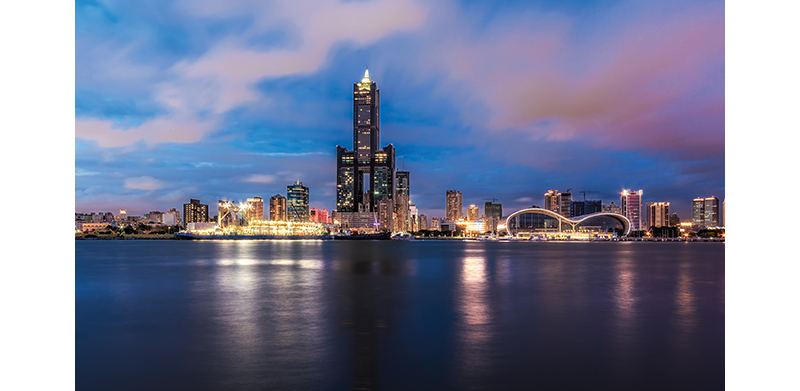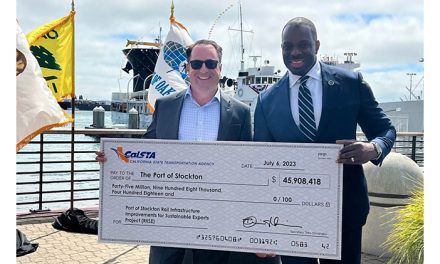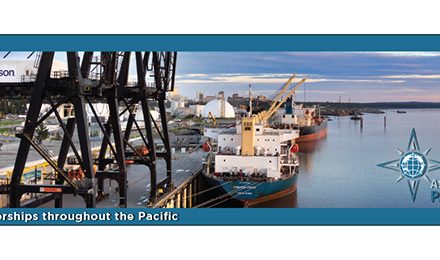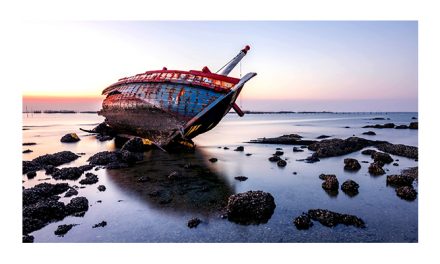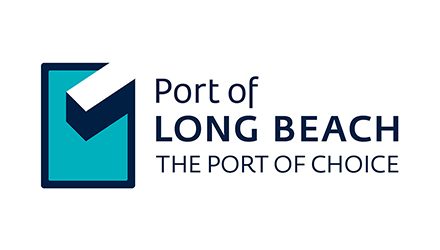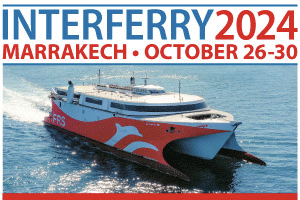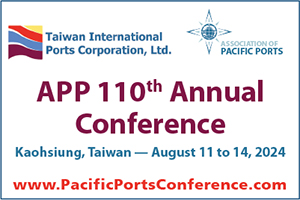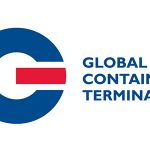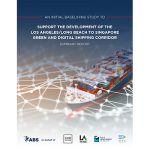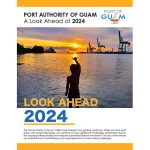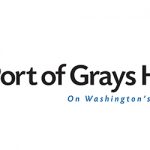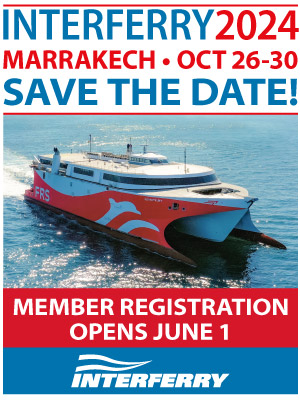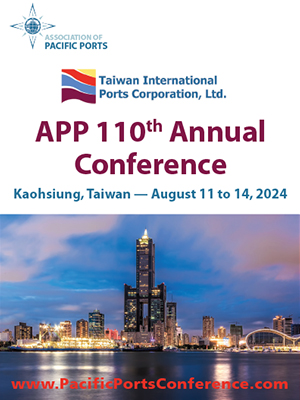From the March/2024 issue of Pacific Ports Magazine…
With the APP’s 110th Annual Conference taking place in Kaohsiung, Taiwan, August 11 to 14, 2024, we’re pleased to present a two-part series of articles — the first, in this issue of Pacific Ports, will serve as a primer for readers to familiarize themselves with Taiwan. In our next issue (June/July), we’ll delve into some of the issues that will feature prominently on the conference agenda, including insights from Shao-Liang Chen, President of our Conference Host Port, Taiwan International Ports Corporation (TIPC), and President of the Association of Pacific Ports.
Familiarization
Taiwan’s history can be traced back thousands of years when the island was home to the Malayo-Polynesian peoples. As far back as the 1500s, Portuguese sailors described the island as “Ilha Formosa” (the beautiful island), and the name stuck for over 400 years.
Located roughly 160 kilometers (100 miles) off southeastern China, Taiwan’s land mass of 36,000 square kilometers (14,000 square miles) is just a bit larger than Vancouver Island in British Columbia. It is about seven times smaller than Oregon, and 11 times smaller than California. As of 2023, Taiwan’s population reached just over 23.5 million.
Mountains cover approximately two-thirds of the surface of the island with several reaching heights over 3,000 meters (10,000 feet). The mountains run north/south along the east coast, leaving the west coast — marked by terraced tablelands and alluvial plains — for the majority of farmland and population.
Taiwan’s climate is subtropical with the southern part of the island classified as tropical. With long, hot summers and short, mild winters, Taiwan enjoys a mean annual high temperature of 21o Celsius (71o Fahrenheit) with about 2,600 millimeters (102 inches) of rain per year.
The official currency of Taiwan is the New Taiwan Dollar (TWD but also recognized as NT$). Currently, one US dollar is approximately 31.5 TWD (one Canadian dollar is about 23.4 TWD). Cost of living in Taiwan about 60 percent cheaper than in the U.S. Given that McDonald’s fast-food restaurants are worldwide, it’s often used to highlight comparisons in countries. In the U.S., a combo meal would be over US$9.00 where the same meal in Taiwan would be just under $5 (or NT$154).
The creation of TIPC
Prior to 2012, administration and supervision of operations for Taiwan’s four main ports — Keelung, Taichung, Kaohsiung, and Hualien — fell under the Ministry of Transportation and Communications (MOTC). The creation of the Taiwan International Ports Corporation was seen as a way to improve efficiencies and enhance regional and global competitiveness and on March 1, 2012, TIPC took over port operation and management functions. Meanwhile, the newly established Maritime and Port Bureau within MOTC took over maritime / port policy and supervision functions.
TIPC is a national enterprise that is wholly owned by the MOTC and headed by a Board of Directors and a Board of Supervisors. TIPC administers the four subsidiary organizations of the Port of Keelung, Port of Taichung, Port of Kaohsiung, and Port of Hualien and manages all aspects of the business of these ports, their associated facilities, and their auxiliary ports. Business-oriented operations have improved the effectiveness and flexibility of port operations greatly and have fueled port growth and expansion, stimulating local economic and industrial prosperity. In addition, TIPC manages port operations for three additional international ports as well as two domestic ones. TIPC not only manages all port operations but also determines the right resources of each port to ensure that they all can develop without competing with each other.
The modern economic importance of Mainland China and of other countries in the Asia Pacific region makes Taiwan, at the nexus of trans-Pacific and Asia-Europe shipping routes, an ideal hub for trade and commerce. Located conveniently in northern, central, southern, and eastern Taiwan, TIPC ports are backed by modern port infrastructures, surrounded by world-class industries, and connected directly to efficient national road and rail networks.
The Ports of Taiwan
Highlighting the four main ports under TIPC’s authority (Keelung, Taichung, Kaohsiung, and Hualien) a good overview of Taiwan’s capabilities is realized.
Port of Hualien — Hualien Port, in eastern Taiwan, is bound by the Pacific Ocean on the east and the Central Mountain Range in the west. With 25 deep-water wharves — 16 in the Inner Harbor and nine in the Outer Harbor — Hualien Port sees an annual loading of over 34 million tons of cargo such as oil, general goods, cement, gravel/sand, and minerals. Its convenient traffic network, double-track eastern line of the Taiwanese railroad, and island-round shipping carrier has created a fully functional international harbor. In addition, the Port of Hualien is home to a developing tourist and leisure industry with cruise facilities and whale-watching excursions.
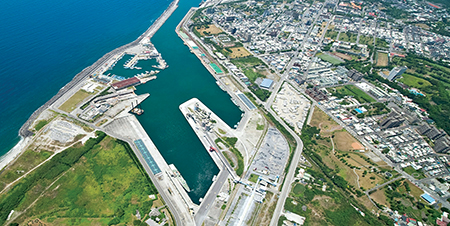
Port of Hualien
Port of Kaohsiung — Kaohsiung Port is Taiwan’s largest international commercial harbor. In addition to serving as a container transshipment hub port, it is also the major port in Taiwan for the import and export of bulk cargo. The government is actively promoting the Port of Kaohsiung’s emergence as a key transshipment center for Asia-Pacific container shipping and for global logistics. It hosts seven container terminals with a total of 93 berths and 69 warehouses along with 12 outdoor yards. Major recent projects have included a new viaduct expressway, a new Passenger Terminal, the Nanxing (South Star) Land Development Project, and the construction of a new Kaohsiung Port area sewage treatment system. Kaohsiung also serves as the location for TIPC headquarters.
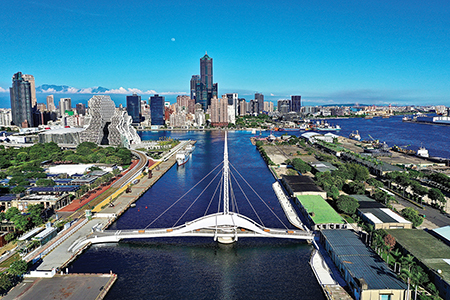
The Great Harbor Bridge, Port of Kaohsiung
Port of Keelung — Keelung Port is located near the northern tip of Taiwan and is considered one of the most important ports in the Asia-Pacific region with 56 wharves covering approximately 572 hectares and a main channel water depth of 15.5 meters. Port facilities are capable of accommodating Post-Panamax container vessels and bulk cargo vessels up to 60,000-tonnage. The Port of Keelung focuses on serving as a logistics port in northern Taiwan for short-sea shipping, a port of call for cross-strait passenger and cargo vessels, and an international cruise and recreational tourism port.

Port of Keelung
Port of Taichung — Being the largest international commercial port in central Taiwan, Taichung Port is bound by Dajia River to the north and Dadu River to the south. It covers a vast area of more than 4,000 hectares with its hinterland stretching over seven cities and counties. It has 58 wharves with a total length of 14,695 and sees such cargoes as grain, general, bulk and heavy lift cargo, cement, containers, passenger, waste iron, coal and LNG. Taichung was recently selected as the home port for offshore wind development given its proximity to the Taiwan Strait and winds that can get up to 12 meters per second.
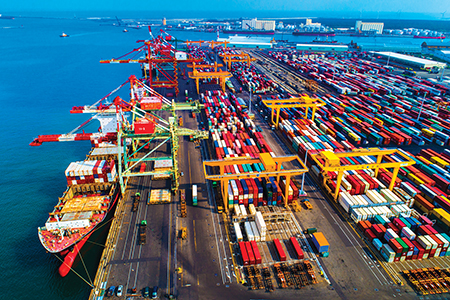
Port of Taichung
Sustainability
A key theme of APP’s 110th Annual Conference is that of “sustainability”, a priority for TIPC and all of its ports. At the 2023 APP Annual Conference in Long Beach, California, Stanley Yang, Senior Deputy Director of Planning and Development for TIPC, gave a very succinct presentation that highlighted TIPC’s efforts to contribute to the world’s goals of reducing greenhouse gas and carbon emissions. It is worth summarizing his presentation here (note: the full recap of Mr. Yang’s presentation can be found in the October 2023 issue of Pacific Ports Magazine).
TIPC has committed to following the 17 integrated and interrelated sustainable development goals defined by the United Nations. These 17 goals are implemented along six themes, including digitalization, infrastructure, health safety and security, environmental care, community building, and climate and energy. Focusing on just two of the six themes, Mr. Yang addressed ways in which TIPC was addressing carbon reduction through digitalization and climate and energy.
In 2021, TIPC established the Sustainable Development Committees and Task Forces and set the goals of 50 percent carbon neutrality by 2030, and 100 percent carbon neutrality by 2050. This is in line with the 2015 Paris Agreement goal of reducing the rise of global temperatures to 1.5 degrees rather than the estimated 3.5 degrees that would be realized by the end of the century without any action.
To contribute to the achievement of their goal, the TIPC applied digitalization to Taiwan’s ports to assist processing capabilities. On the harbor side, they set up a sea meteorology real-time system and ship navigation aid system; and on the land side, they set up a Smart Road Transportation system and app. The system provides information for truck drivers, such as the real-time arrival of ships, how many trucks are waiting to pass the terminal gate and estimated waiting time. This allows the driver to decide when to start his engine and ensures no one arrives too early at the port, reducing exhaust emissions. TIPC also has an Automatic Gate Sentry Post System which, if the truck is on the “white” list (i.e., has been pre-cleared), eliminates the need to stop at the gate for inspection.
TIPC also introduced a Test Field Program for Conducting Port Innovation Projects and Digital Transformation Incentives. This program allows any company that has ideas for port digitalization to apply for conducting Proof of Concept and Proof of Service on port premises. The TIPC provides a total of US$1.3 million each year to subsidize companies that apply for digitalization projects.
Additional initiatives undertaken by the TIPC to promote a green, sustainable port include incentives for voluntary vessel-speed reduction as well as the use of low sulfur fuel. Shore power is being promoted as an effective way to reduce carbon emissions — but the cost of electricity in Taiwan is much more expensive than traditional fuel so incentives to cover the cost differences are being considered. The TIPC is also drafting clauses into lease contracts to include carbon reduction promises.
While the above was just a sample of actions taken — and much more has been done, including solar power generation and planting efforts — Yang estimated that the Port reduced their carbon dioxides by more than 108,000 tons.
Join us in Kaohsiung!
As the Host Port for APP’s 110th Annual Conference, TIPC has big plans for attendees! With the dates of the conference set for August 11 to 14, 2024, TIPC has reserved the Intercontinental Hotel Kaohsiung as the location for meetings and accommodations. Located at the heart of Asia’s New Bay Area along the Zhonghua and Xinguang Road, the InterContinental Kaohsiung, with its exceptional facilities and attentive service, has 253 luxurious guest rooms and suites, an indoor pool, and five signature restaurants. Conveniently located between the Kaohsiung International Airport and Kaohsiung Main Station, the Intercontinental Kaohsiung is close to the Sanduo Shopping District, Kaohsiung Exhibition Center, and the famous 85 Sky Tower.
With planning underway to develop a relevant and engaging agenda, early confirmed excursions include a trip to the Fo Guang Shan Buddha Temple and Museum which boasts the largest copper-cast Buddha statue in the world. The Welcome Reception will be held at the Kaohsiung Port Cruise Terminal, officially opened in November 2023 (see the cover of this issue of Pacific Ports). TIPC is also planning a tour of one of Kaohsiung’s state-of-the-art container terminals to view operations first-hand.

For companions, TIPC is working with one of their trusted travel agents to develop an exciting program. Two staff will accompany companions for translation services (and to make sure no one gets lost!).
